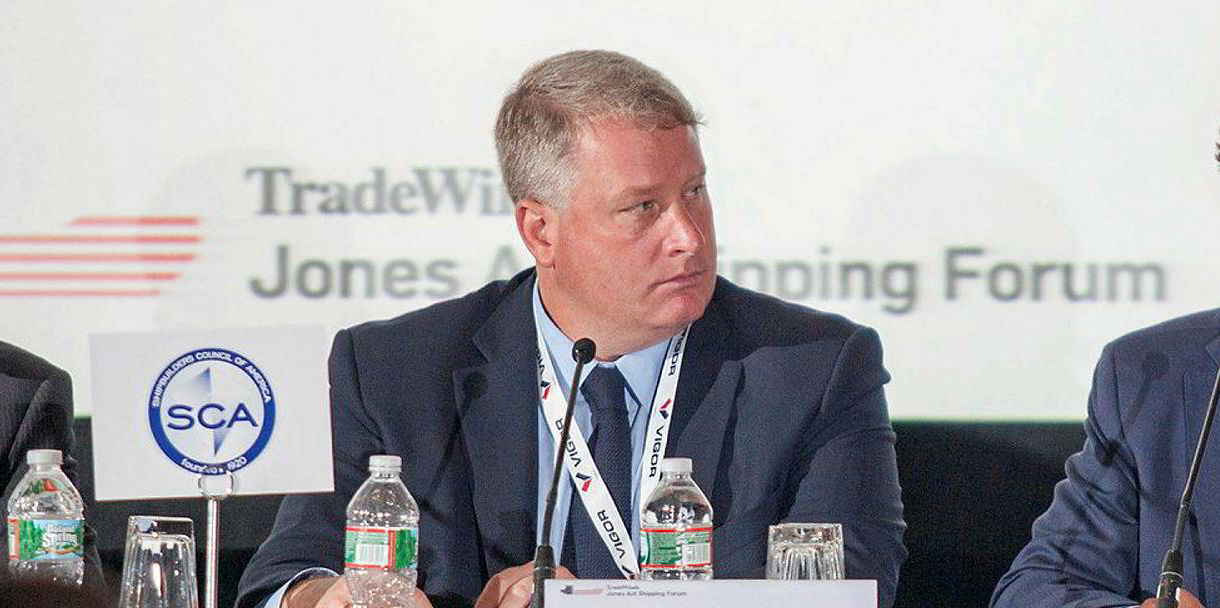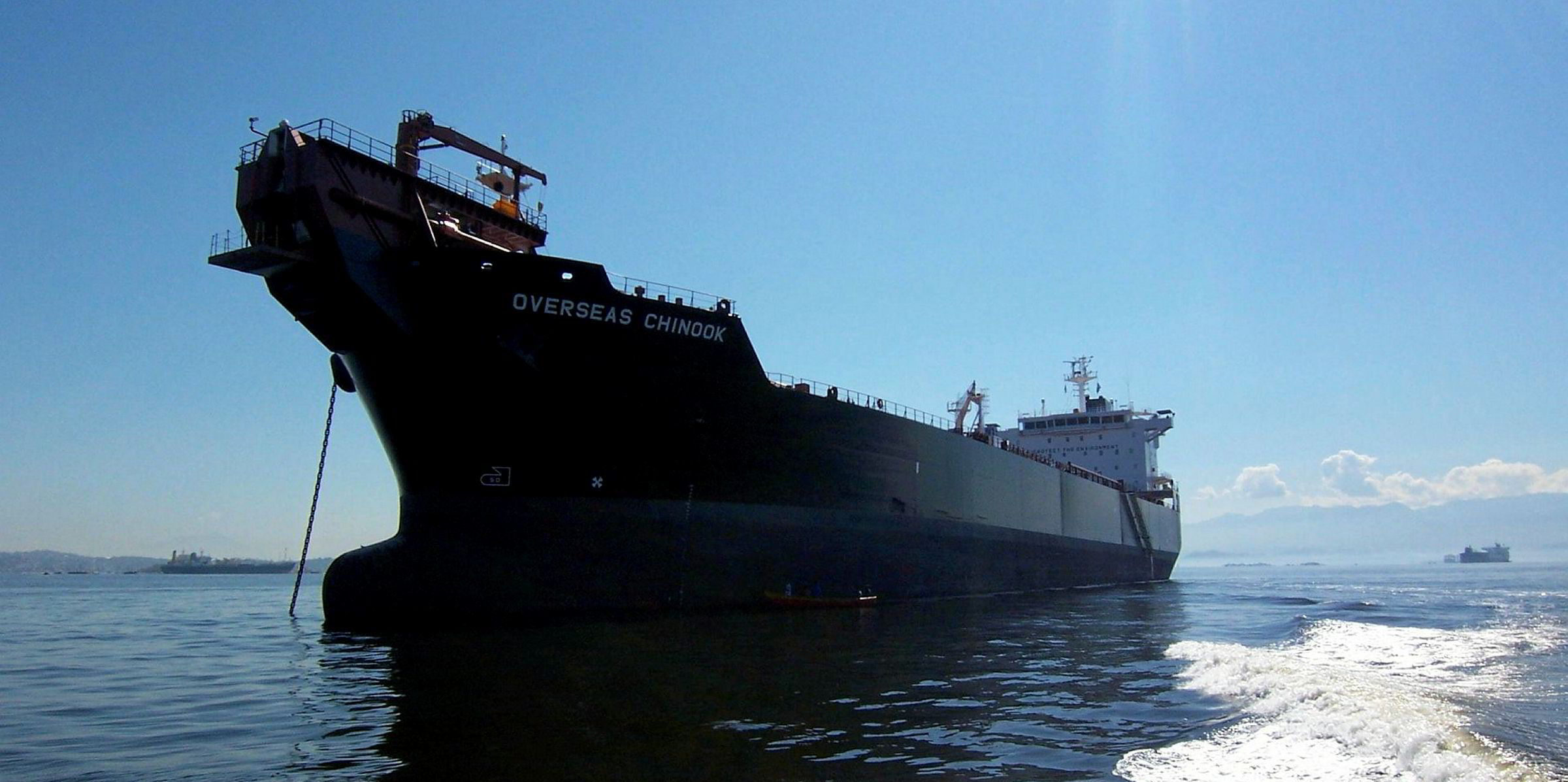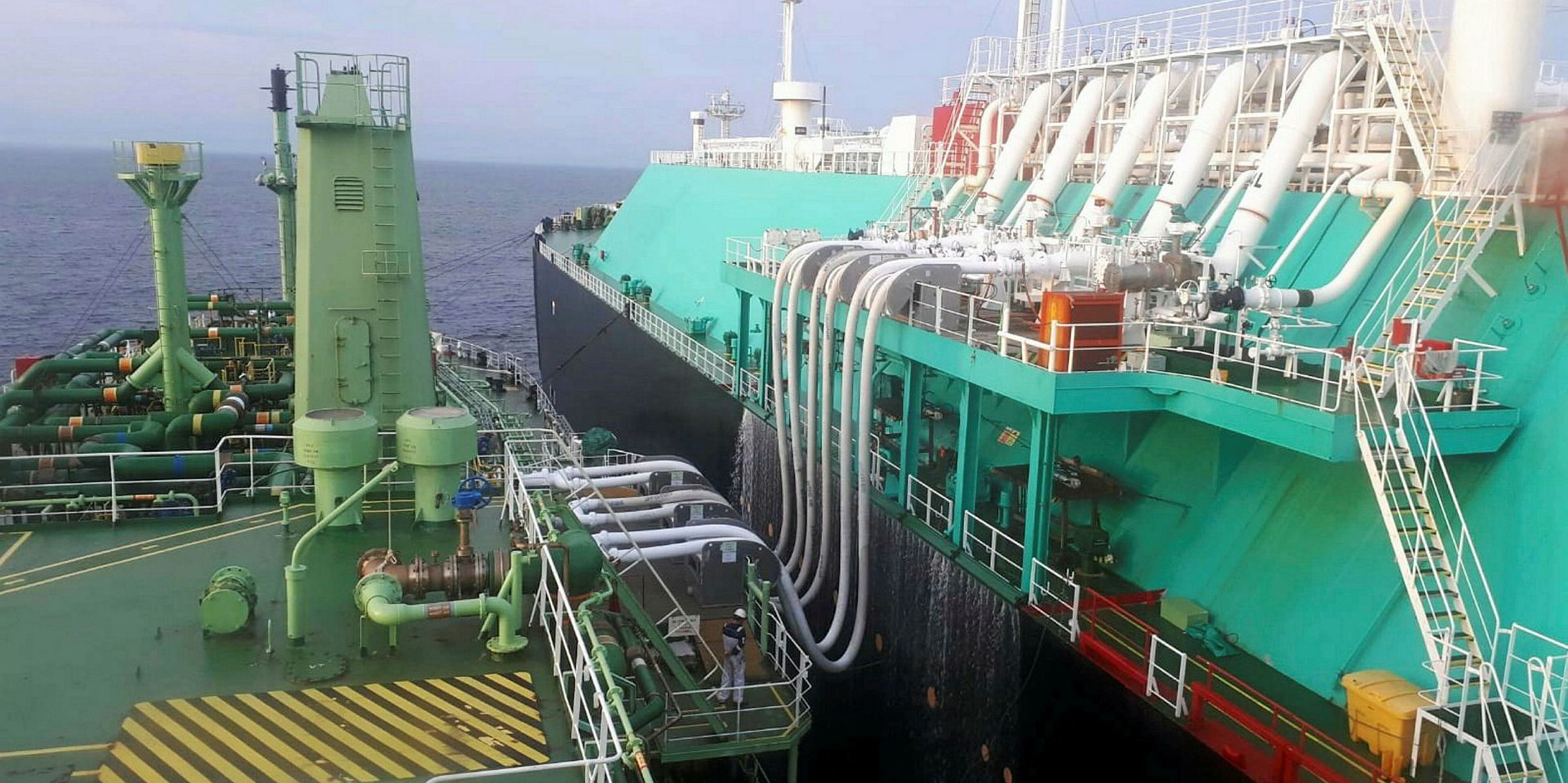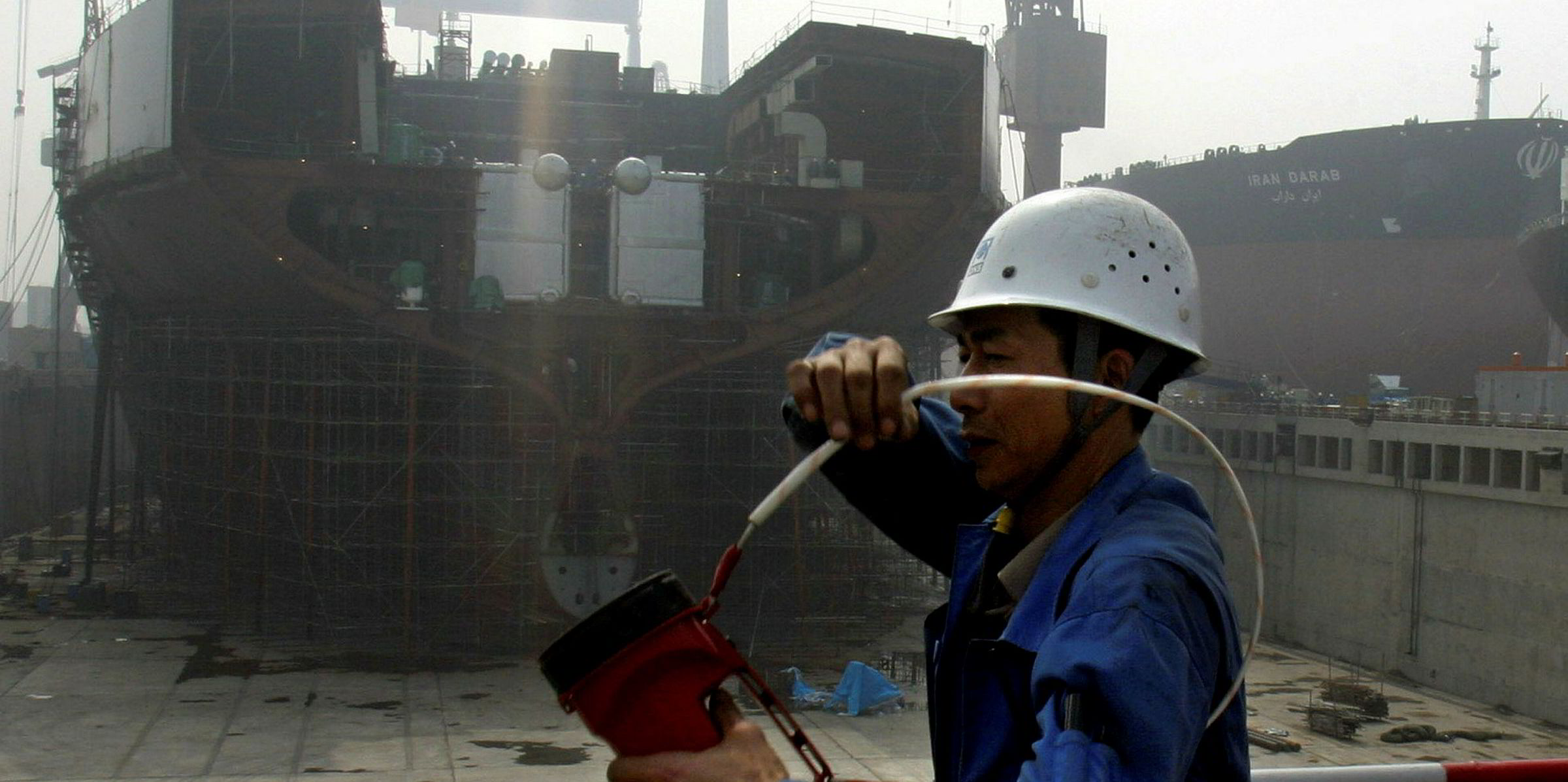The impetus that reignites US shipbuilding might not come from the yards themselves, but from Washington DC.
There is a movement in the nation’s capital to impose that certain percentages of US LNG and crude oil exports be carried on US-flagged ships — a move that would effectively force shipowners to commission newbuildings from domestic shipyards.
The bill proposing the Energizing American Shipbuilding Act, is the second attempt in as many sessions to enshrine the concept in law.
It sits in committee in the House of Representatives, where it has 31 sponsors from both parties and the Senate.
“The theory always is [that] cargoes are what you need when you’re establishing any market,” said Matthew Paxton, president of industry group the Shipbuilders Council of America.
“As a fundamental matter, I think where the Shipbuilders Council of America sees things is we should probably be more present in international commerce because certainly other countries are heavily invested in international shipping.”
Reagan era
US shipbuilding has been in the doldrums since the early 1980s, when then-president Ronald Reagan cut shipbuilding subsidies.
The move sent shipowners looking elsewhere for new tonnage.
In 1975, US yards produced more than 70 commercial ships, according to the Eno Center for Transportation, a Washington think tank. Ten years later, the number had fallen to 10.
Dozens of yards closed and the rest turned to government contracts to stay afloat.
Philly Shipyard — one of the last shipbuilders to focus entirely on the commercial market — was bailed out by the Pennsylvania state government in 2011.
In October, it secured its first government work after sitting idle for seven months, having laid of much of its workforce and burning more than $1m a month.
The proposed law, which the Shipbuilders Council hopes will get more attention in the new year, would give remaining yards access to the nation's growing energy export market.
US LNG exports doubled in the first half of 2019 year on year, hitting 117m CBM per day, according to the US Energy Information Administration (EIA).
In 2018, natural gas exports totalled 283m CBM per day, a growth of 14% from 2017.
Much of that is carried on pipelines, but the EIA predicts demand growth in Asia. Globally, demand is set to outpace supply until 2030, according to data from BTIG.
Clarksons forecasts 116.26m tonnes per year of export capacity to come online by 2026, much of that is in the US.
Crude exports
Crude oil exports, too, have shot up in recent years, to nearly 3m bpd, according to the EIA, while imports have slid.
The proposed mandate would start small with 2% of LNG and 3% of crude oil transported on US-flagged ships within seven years of the act becoming law.
The proportion would grow to 3% by the eighth year and 6% by the ninth year, eventually growing to 15% of all LNG exports by 2041 and 10% of all crude oil by 2033.
The Shipbuilders Council said the law would result in 28 LNG carriers and 12 oil tankers being constructed.
As it stands, the US is currently building just 18 ships, according to data from Clarksons, most of which are offshore vessels — and not a single LNG carrier or oil tanker.
Paxton said his group has worked with legislators to make sure the cargo percentages and timeline were achievable for domestic yards.
He said it was an opportunity to bolster the US industrial base against yards in other countries, especially those in China, where more than 1,000 ships are under construction and builders are heavily subsidised by the government.
“The amount of foreign subsidies going to, you name it, Asian shipyards, Russian shipyards, it’s all over the place,” Paxton said.
“This industry is critical. This industry was critical from the moment we became a nation.
“At some point, when nobody else is in the game and you’re wholly dependent on a foreign government to move foreign commerce, that’s not a world I want to live in. Clawing back some of the presence in international commercial tonnage is good for our nation. It’s the right thing to do.”









